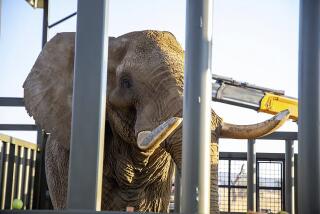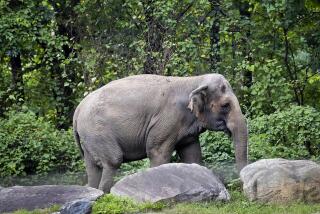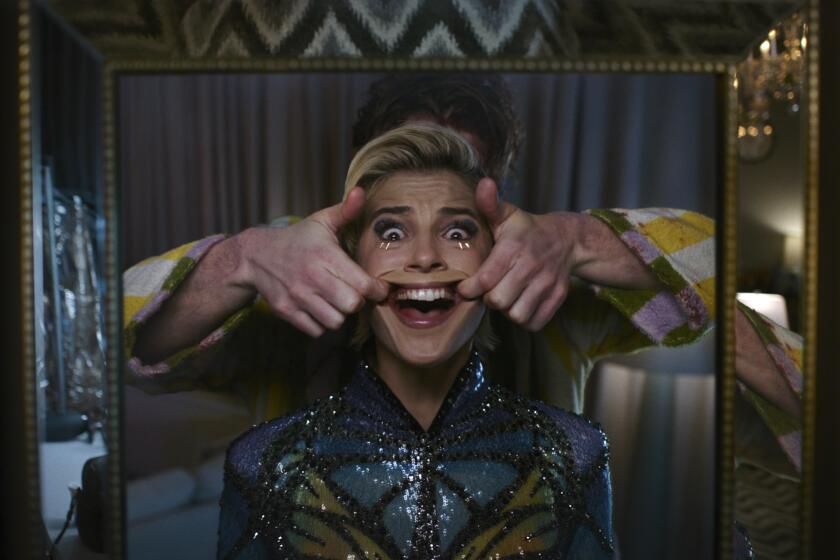Multicultural Manners : Owls and Elephants
In the movie, âOperation Dumbo Drop,â Linh is a Vietnamese boy and caretaker of the elephant, Bo-Tat. Linh talks with some American soldiers about Vietnamese beliefs.
He tells them if they touch an elephant, it will bring good luck, but he warns that if they hear an owlâs cry, someone will die.
What does it mean?
The owl has long been associated with ominous beliefs and many people besides the Vietnamese have interpreted the owlâs hooting as a harbinger of death. In ancient Rome, it is told that Caesarâs murder was heralded by the screeching of owls. In Wales, an owlâs call foretells death, and some Welsh believe a child born to the sound of the owl will suffer a cruel life. An Aztec proverb cautions that an Indian will die when the owl sings. Across the United States, too, one finds a common association between death and the owlâs cry.
In contrast, elephants are frequently thought of as symbols of good luck outside of Vietnam, as well. Since most folks canât touch real elephants, people often collect replicas of them as good luck symbols. For some Latin Americans, these elephant representations must have trunks that curve upward to retain the good fortune.
In India, Ganesha, the elephant-headed deity, is one of the most worshiped gods. Good luck is reflected in Ganeshaâs title, âThe Lord of Obstaclesâ because he overcomes obstacles to bring success, wisdom, and wealth.
More to Read
Only good movies
Get the Indie Focus newsletter, Mark Olsen's weekly guide to the world of cinema.
You may occasionally receive promotional content from the Los Angeles Times.










